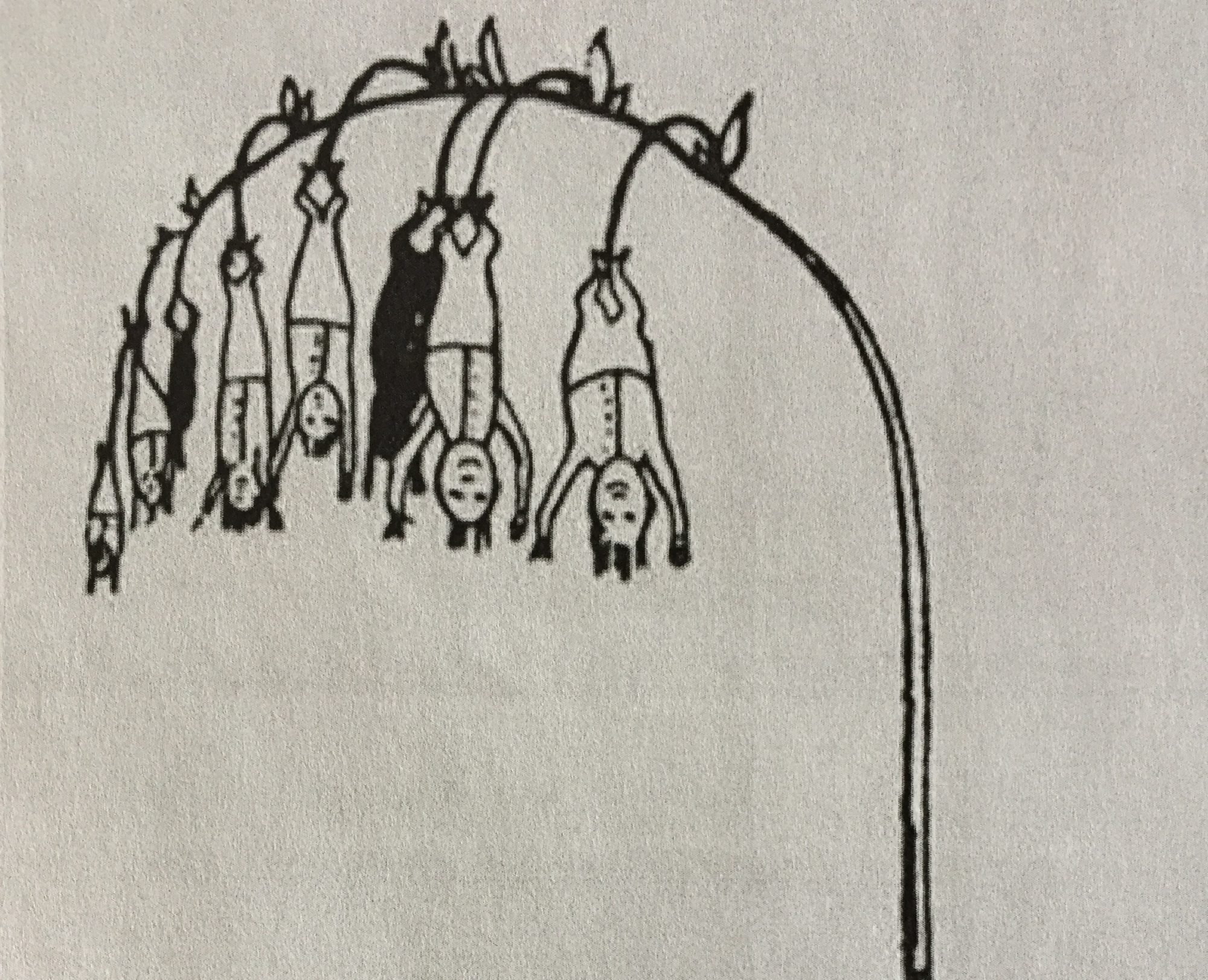A little update on some of the fruits of a radical sabbatical emphatically done. Of the various projects that have been fomenting radical rascalisty re-alignment, a couple have just seen the light of day. First, a chapter on music and children’s poetry, in The Aesthetics of Children’s Poetry, edited by Katherine Wakely-Mulroney and Louise Joy (Routledge. Table of contents here), a most noble volume that takes Isaac Watts as a starting point for some much-needed discussion of children’s poetry.

My chapter, ” ‘That Terrible Bugaboo’: The Role of Music in Poetry for Children,” argues that some children’s “poetry” is actually music, or intimately aligned with it, yet critics will usually ignore the music altogether. It’s something like analyzing the words of a picturebook without looking at the pictures. Using some theory of meaning-making in music from Alfred Cazden and Leonard Bernstein, among others, I argue for the inclusion of music in hermeneutical handbags. As a prime example, I take Edward Lear’s longer poems–which are actually songs. It turns out, contrary to what we normally hear about Lear, that he was a semi-professional composer (if publishing his own settings to Tennyson is any indication), and most of his longer nonsense poems are actually songs that he wrote and performed, two of which we have the sheet music to. I’m trying to jumpstart criticism that takes the music into account. The only other example I know of this happening in earnest is a mostly-forgotten but colossale piece by the composer Randall Thompson, published in the Harvard Literary Bulletin in 1967 (Vol. 15, No. 3), called “The Yonghy Bonghy Bò,” with intro by Philip Hofer. My chapter attempts to encourage this kind of cross-disciplinary criticism.
Also hot off the internets is an article on the nonsense of Carl Sandburg, the humorlessly designed European Journal of Humour Research (Vol. 5, No. 3). In 2016, I went on a mad whirlwind nonsense tour (see old Jabberwokabout blog posts for 5/16/16 and 5/21/16) to Poland, with dear nonsense friends and colleagues Björn Sundmark, Sirke Happonen, Olga Holownia, and Agata Holobut, joined with special guest Elzbieta Chrzanowska-Kluczewska.

We perpetrated a seminar appropriately and sententiously entitled “BLÖÖF: Nonsense in Translation and Beyond,” at the Institute of English Studies of Kraków’s Jagiellonian University, and the talks were developed into the papers published here. This is an open access journal–so dive in, me droogs! You can find the table of contents here, from which you can go to the full text of any article. My piece, “Pigs, pastures, pepper pickers, pitchforks: Carl Sandburg’s Rootabaga Stories and the tall tale,” is on the oft-ignored American poet Carl Sandburg and his glabrous nonsense short stories for children, the Rootabaga Stories. I argue that Sandburg’s nonsense is distinctly “American,” not only in terms of theme, but also technique, which hearkens back to American folklore, the tall tale, and Laughead’s Paul Bunyan stories. Click here for the article.
Much more will be coming from sabbatical adventures… stay tuned!





